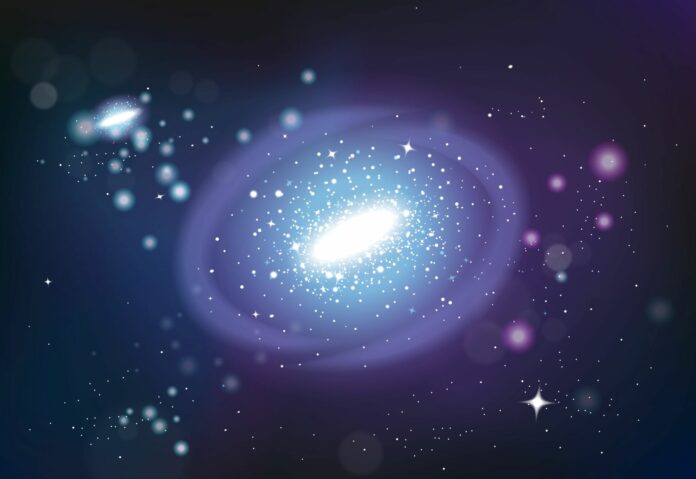The “missing” matter, or dark matter, that physicists have not yet been able to explain in part or in full appears to be composed of axion-like particles and axion-like matter. These weakly interacting particles can, at the very least, act as a portal, joining the known visible sector of the cosmos with the mysterious dark industry.
There is reason to believe that novel physics outside the standard model may be on the horizon.
When two neutron stars merge, a short-lived, hot, dense remnant is created. This residue provides an excellent environment for the synthesis of unusual particles. For a brief while, the remnant becomes far hotter than the individual stars before congealing into a larger neutron star or, depending on the original masses, a black hole.
A new study suggests that neutron star mergers are a treasure trove for new physics signals, with implications for determining the true nature of dark matter.
In August 2017, gravitational waves from the collision of two neutron stars were discovered by the Laser Interferometer Gravitational-wave Observatory (LIGO) in the United States and the Virgo detector in Italy. This was the first time that dozens of ground-based and space-based telescopes observed an astronomical event in addition to hearing it in gravitational waves.
Physicist Bhupal Dev in Arts & Sciences used observations from this neutron star merger — an event identified in astronomical circles as GW170817 — to derive new constraints on axion-like particles.
Scientists showed that these escaped particles give rise to unique electromagnetic signals that can be detected by gamma-ray telescopes, such as NASA’s Fermi-LAT.
After spectral and temporal analysis, the research team concluded they could differentiate the electromagnetic signals from the established astrophysical background. Next, they derived new restrictions on the axion-photon coupling as a function of the axion mass using Fermi-LAT data on GW170817. The restrictions derived from astrophysical observations are in addition to those obtained from laboratory experiments, like ADMX, which examine an alternative area of the axion parameter space.
In the future, researchers could take additional measurements during neutron star collisions and contribute to our understanding of axion-like particles by utilizing already-existing gamma-ray space telescopes like the Fermi-LAT or newly-proposed gamma-ray missions like the WashU-led Advanced Particle-astrophysics Telescope (APT).
Dev said, “Extreme astrophysical environments, like neutron star mergers, provide a new window of opportunity in our quest for dark sector particles like axions, which might hold the key to understanding the missing 85% of all the matter in the universe.”
Journal Reference:
- P. S. Bhupal Dev, Jean-François Fortin, Steven P. Harris. First Constraints on the Photon Coupling of Axion-like Particles from Multimessenger Studies of the Neutron Star Merger GW170817. Physical Review Letters. DOI: 10.1103/PhysRevLett.132.101003
